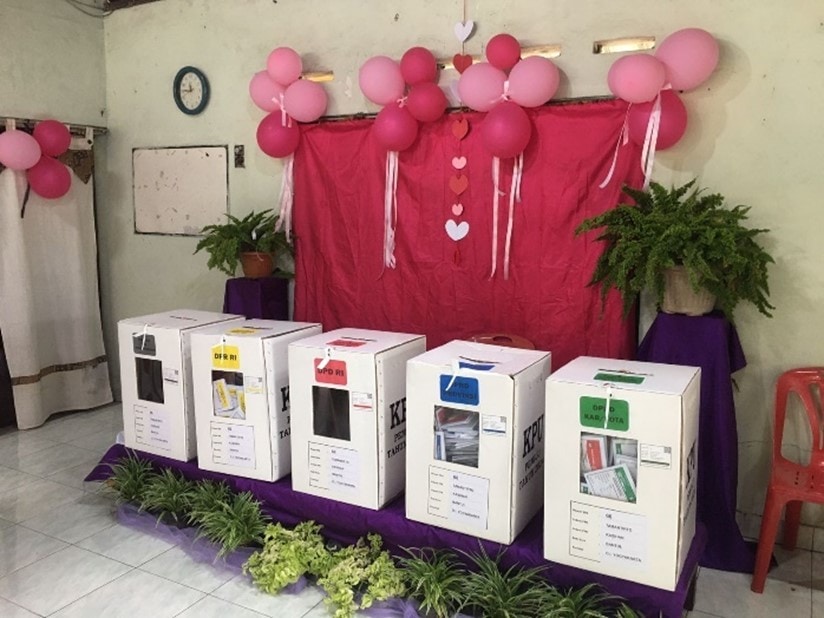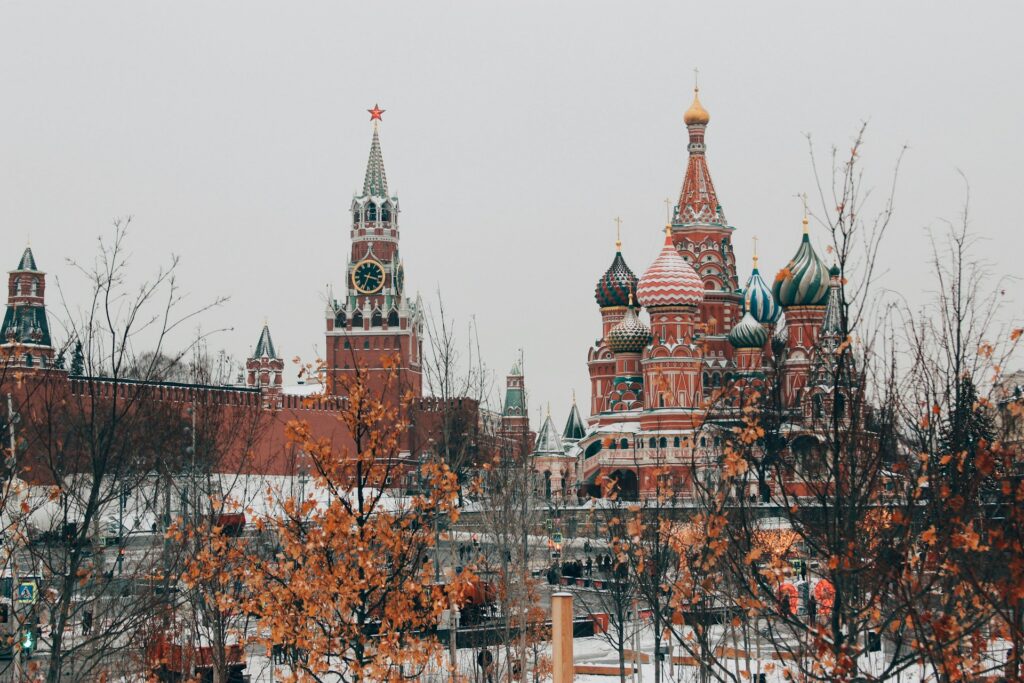Some greening measures in the common agricultural policy could be understood as an excuse to maintain protectionist elements in an expensive policy.
Environmentalism is one of the most presently discussed topics. The need for greener practices can be applied to virtually all areas of production. At the same time, economic protectionism is still a vivid topic amongst economics, law, and political science researchers.
This article will then focus on how these two subjects were intertwined and led to curious developments and appropriations in the Common Agricultural Policy that many politicians would prefer to disregard.
Economic protectionism and its diversified uses and practices around the world combined with the understanding of inequalities intrinsic to free trade have been a topic of vivid discussion amongst scholars in the EU and elsewhere.
For example, the history of the EU’s Common Agricultural Policy (CAP) has led to numerous interpretations. Some have focused on the changes made by specific institutions (typically the European Commission or the European Parliament), while other studies preferred to research changes initiated by individual member-states, and even others focused on environmental factors.
These interpretations relate to a great variety of fields, including economics, political science or law, largely due to the CAP’s unique characteristics: the way through which it operates, the scope of its laws, its proximity but also distance to national agricultural policies, the way in which it is presently decided under the EU’s instruments of co-decision, and so on.
The reasoning behind the CAP
The CAP was originally created to ensure that the central European agricultural market was provided with financial advantage and was sufficiently protected by customs levies from outside competition to allow for the strengthening of the Central European agricultural production (it firstly came into force in 1962).
Originally, the CAP served many purposes:
- to revive and protect the Central European agricultural sector by providing food, cereals, and milk to citizens;
- to protect these farmers from foreign competition;
- to supply these farmers with price support and later financial support (direct aid) partly due to the fear of the spread of communism and communist parties;
- to start ending trade barriers between member-states;
- and to establish the CAP as the center of this community’s supranational system agenda as it was its most expensive common policy (it is also the most expensive common policy in the EU today).
This eventually led to high production levels, which were incentivized through price support and later relatively generous financial support. Out of the over 160 billion euros budget of the EU, the CAP budget accounts for roughly a third (59 billion Euros euros as of 2019).
The financial support would come from a communitarian budget that was (and still is) made from contributions of all member-states (presently, in some member-states, the CAP contributions account for
about 50% of families’ farm income). Citizens, despite only having access to a controlled agriculture market, may also feel that they are protected by these practices – a key benefit of protectionism.
The CAP and the EU budget can presently serve to ease the fears of Euroscepticism showing EU citizens that EU producers and its citizens remain protected from outside speculation also aiding national economies and companies in the EU to enlarge with the help of EU funds for development, for education (Erasmus), greening measures, and transport structure growth and free movement of people (Schengen space).
An organized agricultural policy can also be seen as a specific variety of protectionism.
On the other hand, an organized agricultural policy can also be seen as a specific variety of protectionism. For example, in the inter-war period in Europe, France could gain leverage with a relatively restricted commerce with the already suffering Germany in order to hurt the German economy and alleviate the fear of aggression. In other words, protectionism was used as a weapon of diplomacy, as a deterrent against aggression between World War I and World War II.
It is perhaps difficult to completely understand all of the aspects of the EU’s specific type of protectionism. However, the concept of economic protectionism can be understood as the attempt by state officials and governments or even private lobbies to impose any kind of system that may dampen a free(r) market.
The Common Agricultural Policy as a supranational construction
The political and economic solution that emerged out of the end of World War II, the European Coal and Steel Community, later renamed the European Economic Community, asserted that there would be a supranational institution (the High Authority later named the European Commission) that would serve as a referee between national legal disputes in the common trade area.
Certain political areas would be decided between two parts: the European Commission and the member states (the Council of Ministers; the contemporary Council of the European Union). Together with this solution came the need for a somewhat unified planning of the agricultural sector.
Agriculture still employed large sections of the member states’ population in the 1950s and 1960s. The fact that the original member states of the EEC were unbalanced in their agricultural production capacity (France was the biggest producer of foodstuffs while Germany had a more developed industry), and that the coal and steel sectors were already managed under a European supranational system led to the world’s first Common Agricultural Policy.
Not only would foodstuffs be transported relatively freely between EEC member states, a great portion of a country’s agricultural policy would be decided at a supranational level. The creation of the common European budget was also a very important achievement as its funds were, at first, largely directed towards agricultural production.
The European Free Trade Agreement (EFTA) sought to coordinate trade policies further, pushing the EEC to also strive for less restrictions in the European markets. At no stage were these policies interested in a political union: their goals were purely economic.
Protectionism was thus declining, but it existed nevertheless as under the CAP, a great number of central European farmers were financially protected against world competition by price controls or, subsidies, and levies against outside exporters and because other countries that might have wanted to export to these European states would be forced to pay levies.
The development of the CAP
The CAP, however, started to change from the mid-1980s onwards having been relatively well accepted by both member-states and the European Commission. The CAP primarily evolved from a system based on price support or price fixing, then gradually changed to direct aid to farmers, and later with this direct aid being tied with greening measures. Its most pressing commitments throughout the decades can be simplified in the concepts of productivity, competitiveness, and sustainability.
This change started to materialize in the “Green Paper” from the European Commission in 1985, when a greater emphasis on competition was developed. The first green legal acts and direct payments were then put into practice. It is possible to assume that environmental approaches coincided with a greater liberalization of the CAP as these greening advancements could have perhaps served as a way to maintain the political necessity of a protectionist CAP disguised under a greening approach.
The following MacSharry reform of 1992 and the Agenda 2000 continued with this philosophy of further abandoning price controls and a pursuing a path of direct funding for farmers in exchange for greening practices. The Agenda 2000 was perhaps more adamant in its pursuit for further greening practices leading to the adoption of a support for young farmers. It also included and the division of the CAP into two pillars : having rural development being considered as a sui generis division in the designing of the CAP. Tthe first pillar was and still is designed for direct payments to farmers, and the second pillar for rural development i.e. greening measures.
The evermore-foreseeable enlargement of the EU by ten new member states that eventually occurred in 2004 forced the EU institutions to adapt to the biggest enlargement the union had ever experienced. This meant that the CAP would also be affected and the member states would have even more varied agricultural policies.
Making rural development the second pillar of CAP made it gain a status of its own and also made the environmentalization of agricultural policies a necessary policy ideal in itself.
The EU has steadily progressed in this direction. For example, the 2008 Health Check, which is considered by academics as another important stepping stone in the history of the CAP, aimed at simplifying procedures, ending most quotas for agricultural production by 2015 and ending the set-aside system (, where a portion of land would not be harvested for a certain period of time).
Perhaps even more importantly, the Lisbon Treaty of 2009 initiated a relative change in the CAP, giving the European Parliament the ability to intervene in the design of this policy through the legislative process of codecision, where a legal act needs the approval of both the Council of the EU and the European Parliament to come into fruition.
The Lisbon Treaty and the 2014 CAP reform also included increases in its greening amendments and ended some quotas for production. However, considering the scale of the CAP, some researchers have already argued that these changes have been rather unambitious.
The studies of political scientists Emil and Karmen Erjavec are some of the most important and controversial pertaining to the CAP. These two scholars contend that the greening advancements made in the CAP can be interpreted as merely a “fashionable justification” coupled with a predominantly productivist discourse.
Greening policies made in the last decades could thus be understood as a kind of an excuse in order to maintain protectionist elements in this expensive common policy.
Green markets and free markets
Advances in free trade that may have limited the possibilities on protectionism have led EU institutions to use environmental reasoning to maintain protectionist practices within the CAP. While it is true that the CAP now includes sorely needed agri-environmental practices, this has also enabled the continued use of framing incentives as protectionist policy.
One can then postulate that despite the realization of agri-environmental concerns and apt legislation in this matter made at the supranational and national level (which allowed countries such as Lithuania, for example, to start including greening practices more abundantly) the use of the environmental argument was also at least partially misused and served as an excuse to hide some protectionist elements in this common policy.
Environmental concerns are present in legislation around the world, and rightly so, but their rationalization deserves critical scrutiny.
On the one hand, a protectionist and relatively controlled CAP can serve the common good of pushing for further environmental practices.
On the one hand, a protectionist and relatively controlled CAP can serve the common good of pushing for further environmental practices but a different, perhaps more liberal approach, would state that consumers are relatively aware of the need for greening practices and could individually prefer to consume more goods that are practiced under green procedures and not buy other goods that do not conform to environmental standards (assuming this information is provided to them).
It is possible to assume that a concern for the environment might increasingly serve as a validation or excuse for many kinds of policies when environmentalism forms but one part of such proposals. It will then be important to differentiate which policies are designed solely for environmental reasons and which ones are designed with other ideals in mind as well. It is the job of the researcher and of the politician to clearly set the line between them.
Luís Sargento Freitas received his doctorate from the University of Jyväskylä in Finland in 2018 and is presently developing his post-doc project.





